What is Mono Skiing? A Complete Guide to Monoskiing and Technique
August 7, 2025 | Adaptive Skiing, Skiing
Mono skiing is a unique and exciting winter sport where the skier rides on a single wide ski instead of two. Both boots are mounted side-by-side, facing forward, giving you the stability of skis with the carving style of a snowboard. Popular among thrill-seekers and adaptive skiers alike, monoskiing offers a distinct feel on the slopes that blends speed, control, and fun.
Whether you’re exploring it for recreation or as part of adaptive skiing programs like those featured on Find a Ski School, understanding the basics of monoski technique can make your time on the mountain even more rewarding.
The Basics of Monoskiing
Monoskiing involves using one ski, known as a single ski, with two alpine ski bindings mounted parallel to each other. The skier faces forward, uses poles for balance, and rides much like traditional skiing, but the sensation is smoother and more fluid.
There are two main forms:
- Stand-Up Monoskiing: For able-bodied skiers looking for a new challenge.
- Adaptive Sit-Ski Monoskiing: Designed for individuals with lower-body disabilities, featuring a seat and outriggers.
Both styles share the same goal: maximum fun, versatility, and carving precision.
Monoski Technique: How to Ride
Mastering monoski technique takes practice, but the fundamentals are straightforward:
- Stance: Keep your knees bent, weight centered, and upper body facing downhill.
- Turning: Initiate turns by shifting weight gently from one edge to the other, engaging your hips for smooth transitions.
- Carving: One of the thrills of monoskiing is its ability to carve effortlessly. To carve well, keep your edges engaged while applying steady pressure through the turn.
- Balance: Use your poles to help stabilise, especially on steeper terrain.
Because both feet are locked to the same ski, balance feels different than traditional skiing, but once you get it, the ride is incredibly rewarding.
Monoski vs Sit Ski: Understanding the Difference
Many people confuse monoskiing with the sit ski used in adaptive sports. The key difference is:
- A monoski (stand-up) is for skiers riding upright on one ski.
- A sit-ski monoski has a seat (bucket) mounted on a single ski for adaptive skiing, with the skier using outriggers instead of poles.
Both offer excellent control and accessibility, but their equipment and techniques differ significantly.
Why Try Mono Skiing?
- Unique Feel: The sensation is unlike skiing or snowboarding, it’s smoother and often easier on the knees.
- Carving Power: The wide platform allows deep, stable turns.
- Versatility: Works well on groomed runs, powder, and even snow moguls.
- Adaptive Opportunities: Sit-ski monoskis make skiing possible for many with mobility challenges.
Contact us to book your next mono skiing lesson with Find a Ski School and carve the slopes like never before!
Monoski Carving Tips for Beginners
If carving is your goal, follow these tips:
- Edge Engagement: Roll your knees and ankles to set your edges early.
- Progressive Pressure: Increase pressure gradually throughout the turn for smoother arcs.
- Look Ahead: Keep your head and chest facing where you want to go.
- Practice Short & Long Turns: This builds confidence and adaptability.
Adaptive Mono Skiing for Accessibility
Adaptive monoskiing uses specialised sit skis with shock absorbers, custom seating, and outriggers for balance and control. It is a staple in Paralympic alpine skiing and provides an empowering experience for people with spinal cord injuries, amputations, or other conditions affecting lower-limb mobility.
Organisations like those listed on Find a Ski School connect learners with certified instructors trained in adaptive techniques, making it easier for everyone to enjoy the mountain.
Equipment Essentials for Monoskiing
If you’re starting out, you’ll need:
- Monoski: Choose one suited to your weight, height, and preferred terrain.
- Bindings: High-quality, adjustable bindings for safety and comfort.
- Poles/Outriggers: Depending on stand-up or sit-ski style.
- Helmet & Protective Gear: Safety first, especially while learning.
Getting Started with Find a Ski School
The fastest way to learn is with professional guidance. Find a Ski School connects you with experienced instructors who specialise in both stand-up and adaptive monoskiing. Lessons cover everything from basic monoski technique to advanced carving skills, ensuring you progress quickly and safely.
Start your monoskiing journey with expert guidance, book a session through Find a Ski School today!
FAQs About Mono Skiing
1. What is mono skiing in simple terms?
Mono skiing is skiing on one wide ski with both feet side-by-side, facing forward, instead of using two skis.
2. Is monoskiing harder than regular skiing?
It can be tricky at first because of the different balance, but many find it easier on their knees and more fun once they get used to it.
3. What is the difference between monoskiing and sit-skiing?
Monoskiing is standing on one ski, while sit-skiing involves sitting in a seat mounted to one ski, usually for adaptive skiing.
4. Can beginners try mono skiing?
Yes! With proper instruction, beginners can start learning monoskiing, especially on gentle slopes.
5. Is monoski carving the same as regular carving?
The principles are similar, but carving on a monoski feels smoother and more fluid because both feet move together.
More Posts
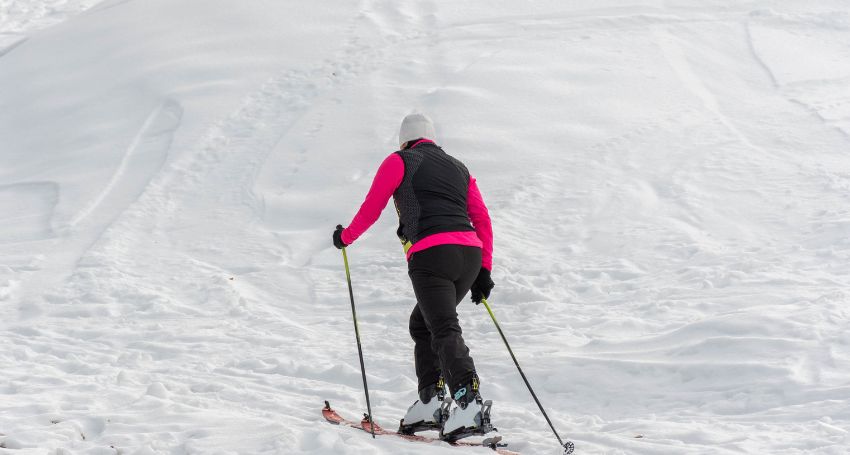
How to Parallel Ski for Beginners: A Complete Step-by-Step Guide
For many novice skiers, mastering how to parallel ski for beginners marks a major milestone...
read More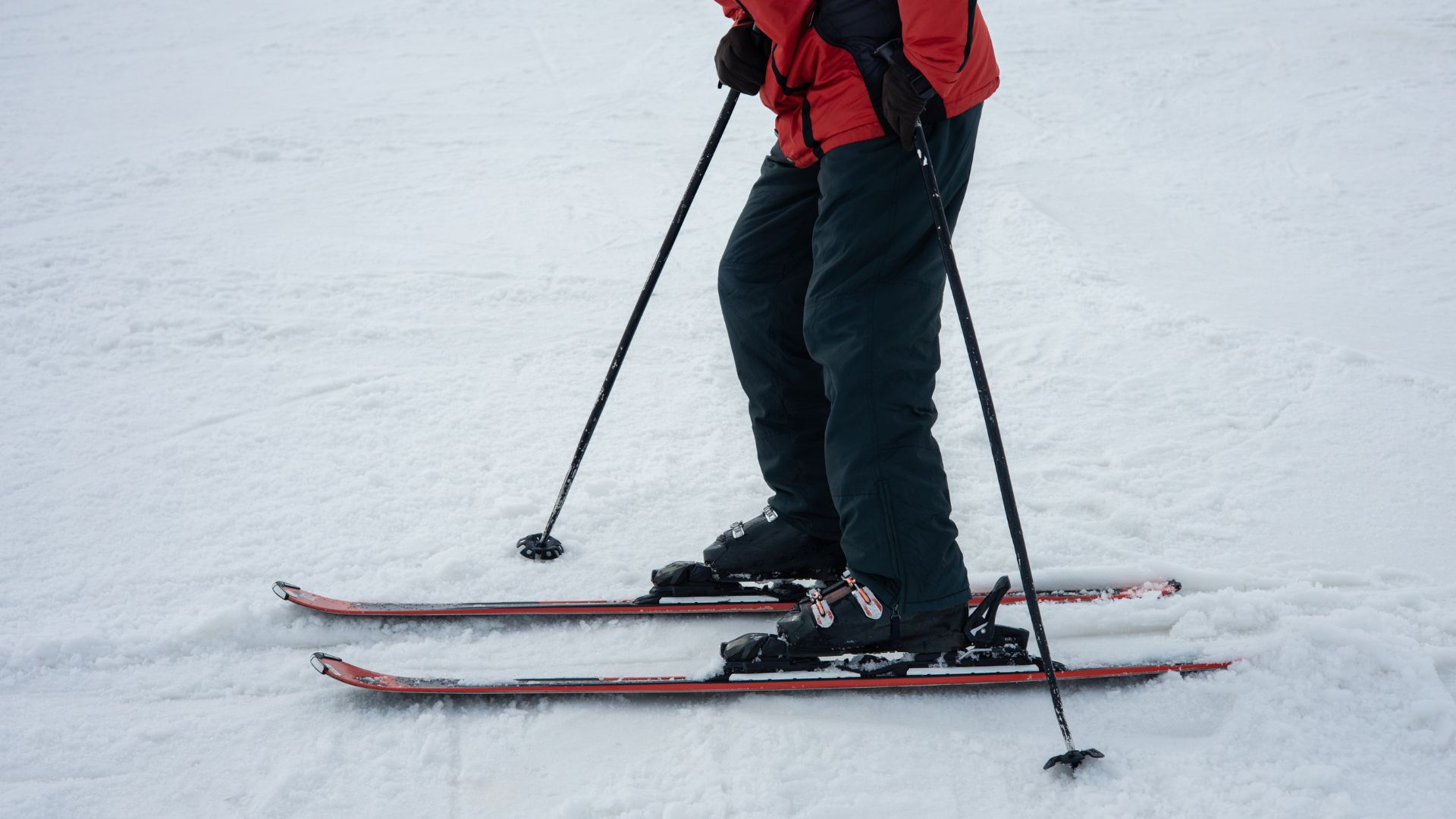
How to Parallel Ski: Master the Essential Technique
If you’ve ever admired experienced skiers gliding effortlessly down a slope, both skis perfectly aligned,...
read More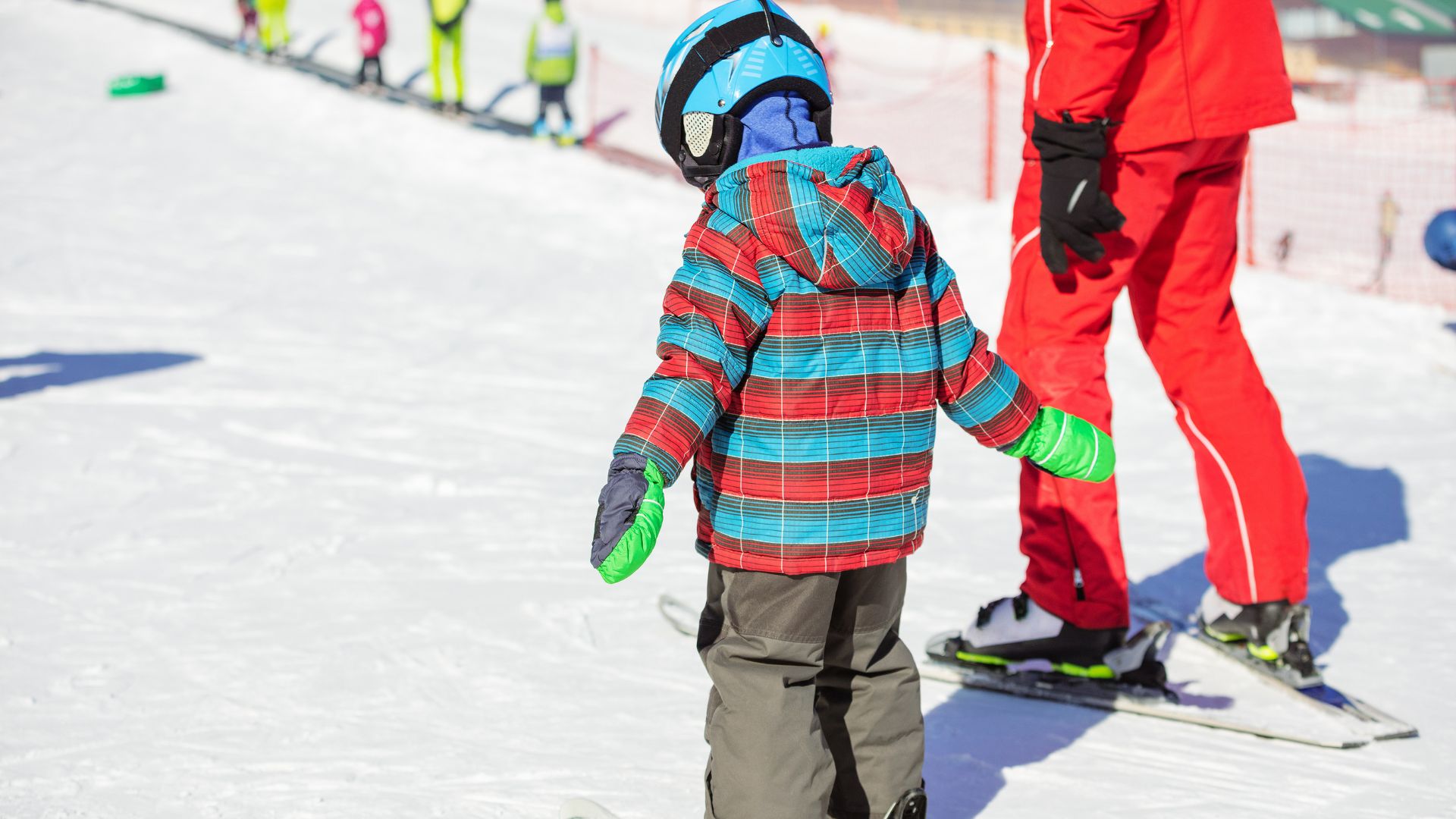
How to Teach Kids to Ski: A Complete Parent’s Guide
Skiing is a magical winter sport that can bring families closer together and create lifelong...
read More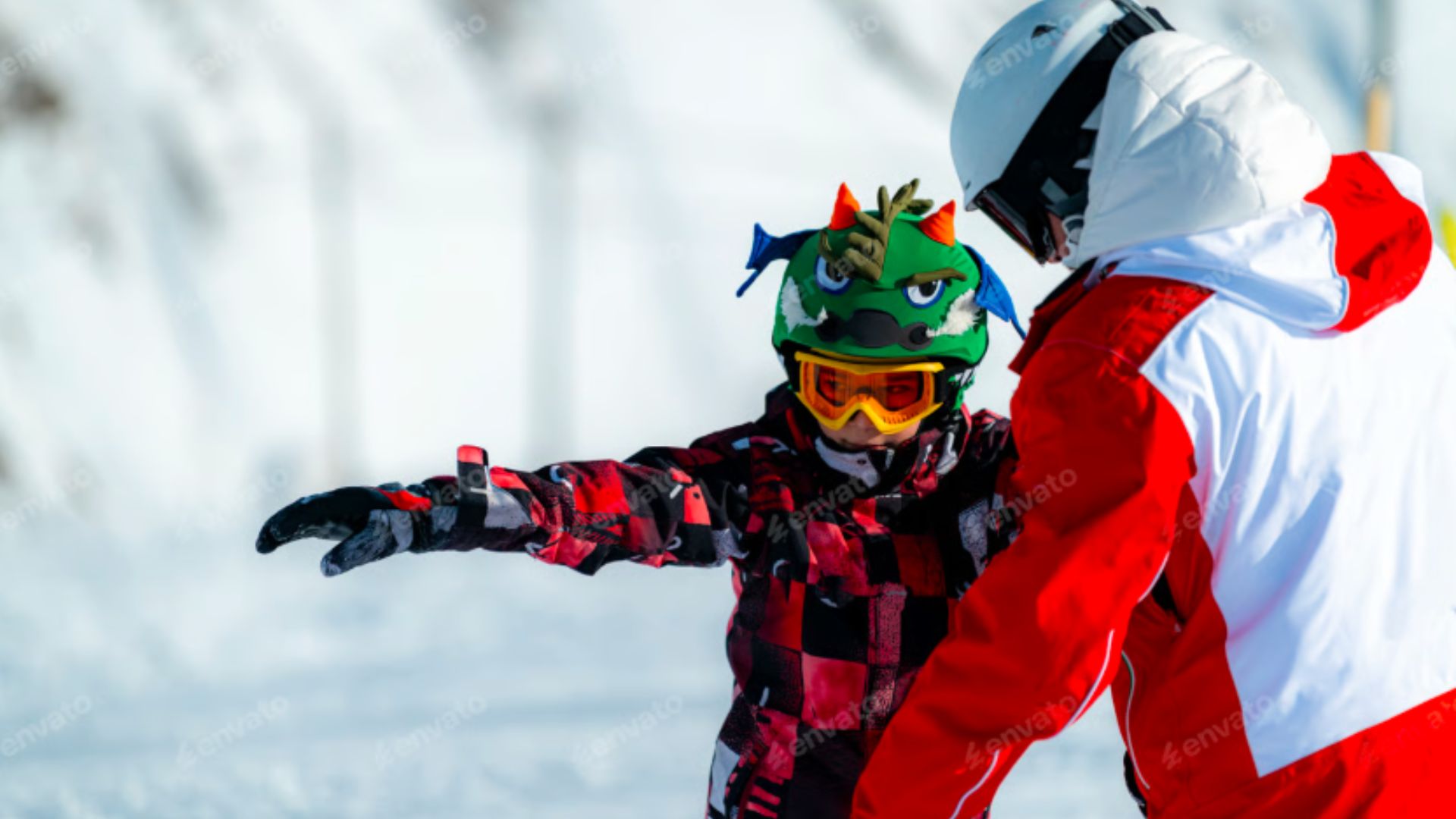
Ski Teaching Techniques: Mastering the Art of Ski Instruction
Teaching skiing is more than guiding someone down a slope—it’s about using ski teaching techniques...
read More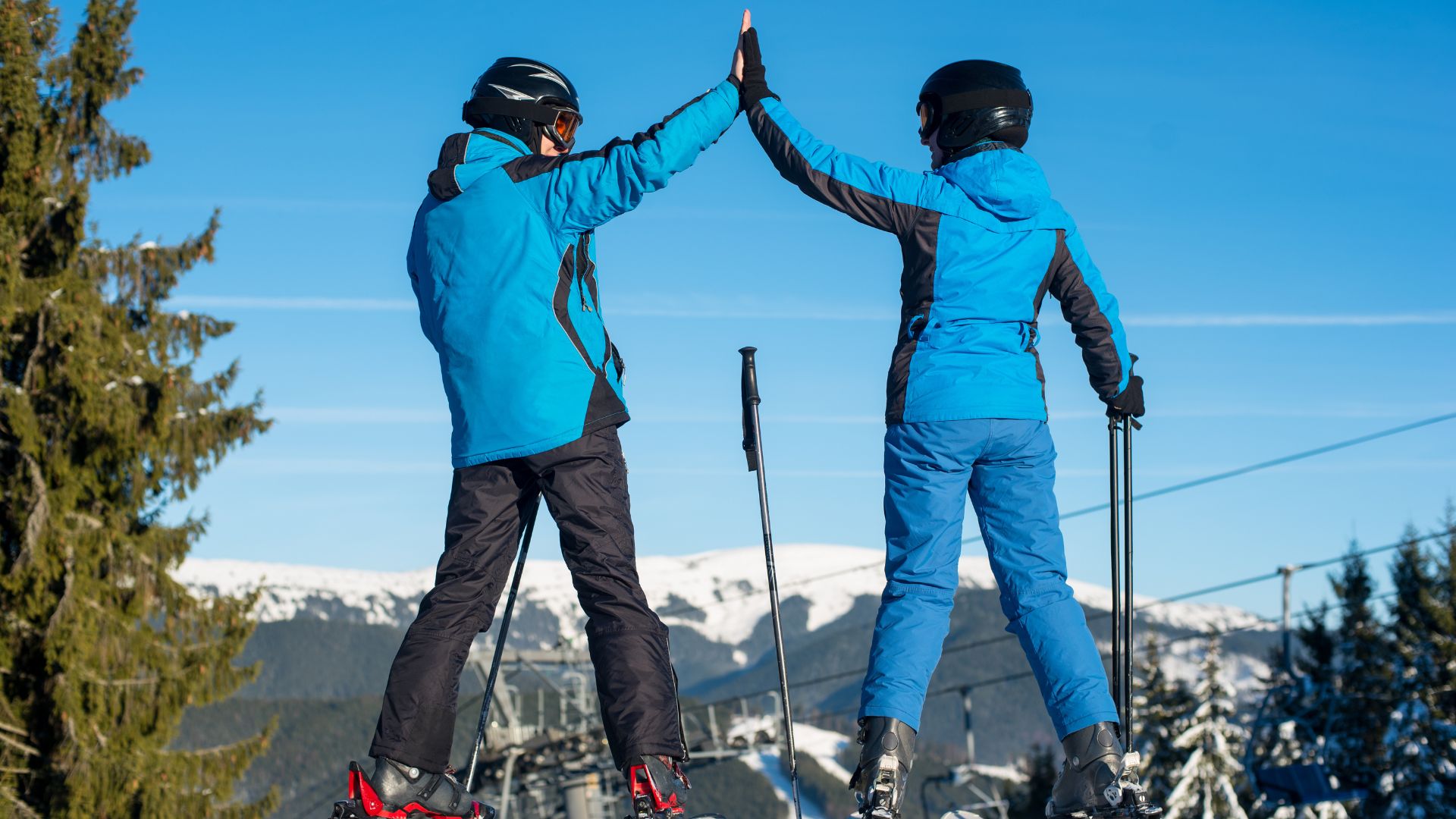
How to Become a Private Ski Instructor and Build Your Career on the Slopes
If you’ve ever dreamed of turning your passion for skiing into a career, you’ve probably...
read More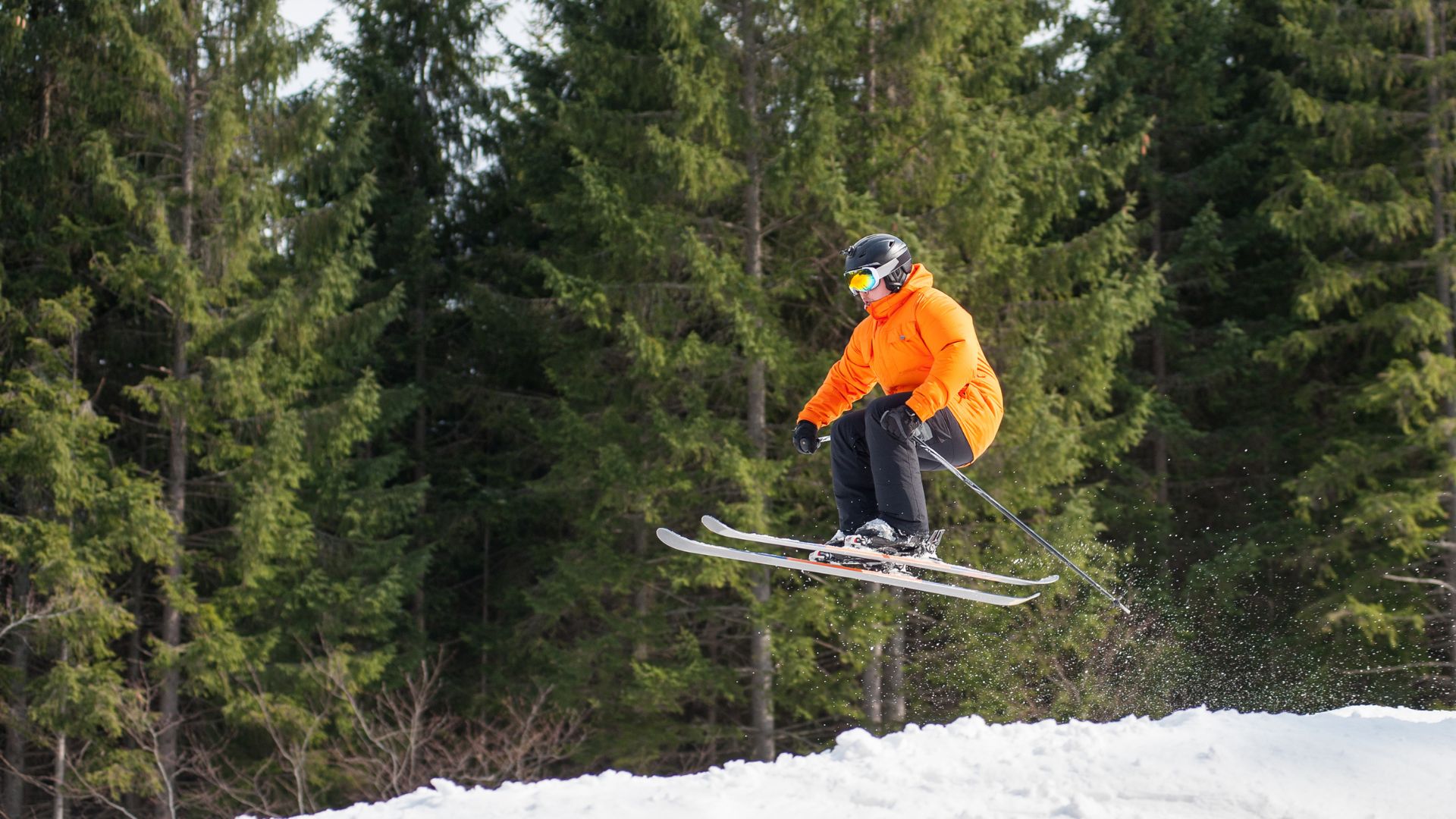
Where Can I Learn to Ski Jump: Lessons, Schools, and Tips
If you’ve ever watched athletes soar gracefully off a ski jump and wondered, where can...
read More